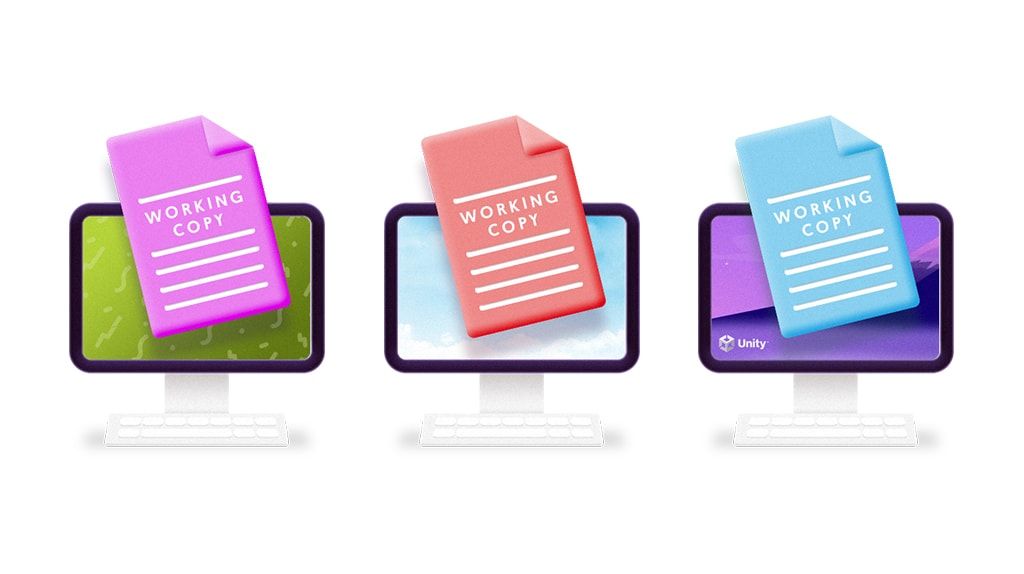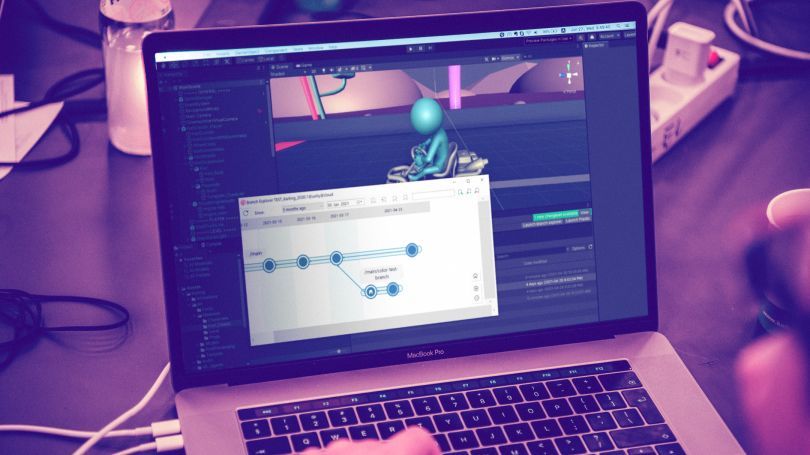
The 7 phases of the DevOps lifecycle

The 7 phases of the DevOps lifecycle
What is the DevOps lifecycle? The DevOps lifecycle is divided into seven different phases of continuous development that guide the software development process from beginning to end. To understand DevOps, it’s important to know each phase of the life cycle, and the processes and requirements of each phase.
1. Continuous development and delivery
Software development kicks off with planning and coding. In DevOps, this is done through the process of regular delivery with the goal of constant improvement.
Building off of core Agile values, DevOps encourages regular, frequent software releases. The standard way to achieve this is by automating the code’s integration and deployment, a process called continuous integration/continuous deployment (CI/CD).
Throughout development, whether in pre-or post-production, teams leverage feedback to identify problems and hypothesize solutions in planning.
Following the planning phase of the DevOps lifecycle, source code and asset creation begin with the goal of keeping production moving forward. Regardless of which coding language is used, maintaining the codebase using source code management tools is a priority.
2. Continuous integration
Continuous integration (CI) is a development practice that requires developers to integrate code into a shared repository several times a day. Each checkin or branch is then verified by an automated build, allowing teams to detect problems early on, ensuring the main code branch is always viable and production-ready.
CI is designed to support many small, iterative changes rather than fewer, large changes. It helps teams scale through automated workflows for code builds, testing, merging, and checking into shared repositories.
The ultimate goal of continuous integration is to deliver better code, faster. Through smaller frequent changes coupled with automation, teams can find and address bugs more quickly and reduce time spent on validating and releasing new updates.
3. Continuous testing
Continuous testing goes hand-in-hand with continuous integration. CI/CD pipelines are dependent on automated tests rather than manual code validation. This is to ensure that what’s being deployed is of quality and won’t result in game-breaking errors before release.
DevOps relies on eliminating as many manual processes as possible. The more manual, tedious processes that are in place, the more time is wasted and the greater the chance of errors. The goal of continuous testing DevOps tools is not just to discover bugs, but to find them as quickly as possible so they don’t need to be addressed in the production phase via a patch or hotfix, which becomes much more complicated and time-consuming.
Automated tests are set up before release to the build and also prior to production. Teams may insert manual review as a final step before production and after automated testing has been completed.
4. Continuous monitoring
Continuous monitoring ensures that the DevOps lifecycle is well maintained, with the end goal of providing a great user experience. Software updates and usage are tracked closely, with insights gathered being used to ensure that the software runs correctly.
During the continuous monitoring phase, teams seek to detect and resolve system errors as quickly as possible. Automated error tracking is essential here. Automations can also provide visibility into other areas like overall software performance, user behavior, development infrastructure stability, and more.
In addition to overseeing automations, your DevOps team is responsible for ensuring all aspects of the pipeline are compliant with security standards. Manual processing of release management also occurs during this phase.
Continuous feedback requires implementing a feedback loop to gather insights on software performance from your internal team and your users. The feedback is then shared with the DevOps team to help guide product iteration. Sources can include surveys, questionnaires, focus groups, social media, forums, and more.
This process isn’t just about determining that your software functions correctly – it’s also about gauging overall customer satisfaction to guide business strategy and ensure the best possible outcomes. Continuous feedback should be used to steer your product roadmap and help you meet your audience’s wants, needs, and expectations.
6. Continuous deployment
Continuous deployment works in tandem with continuous integration by completing the automation cycle and minimizing or removing human intervention in the deployment process. Automated DevOps tools monitor source code updates and automatically deploy them into the production environment once they’ve passed the testing phase, saving time and improving user satisfaction.
Continuous deployment accelerates feedback loops with users through automation. Methods can also be deployed to separate deployment for a release, either hiding them from users (dark releases) or turning them on for specific users to test new features and solicit feedback (feature toggles or switches).
Since the code is released in small batches, it minimizes the risk you’d have with large code changes – all with minimal effort due to automation.
7. Continuous operations
Continuous operations aim to minimize downtime and prevent frustrating service disruptions for users. This phase of the DevOps lifecycle focuses on the optimization of applications and environments for stability and performance. It also completes the loop of the DevOps lifecycle by feeding the planning phase of continuous development with bug reports and user feedback for enhancements.
Through continuous collaboration between teams and with users, bugs, feedback, and security concerns can be continually passed on, assessed, and iterated on through the DevOps pipeline.

The perfect workflow
In this short video, the Unity Version Control team (formerly Plastic SCM) showcases how their powerful source code management tool can execute a strategic DevOps toolchain that plays a crucial role in achieving a seamless workflow within the DevOps lifecycle.
Additional DevOps resources

What are version control systems?
Tracking and managing changes to your source code is essential. Find out how different types of version control systems can help you maintain your code’s integrity.

Benefits of DevOps
Implementing DevOps practices can streamline your development pipeline and make your team and users happier. Learn more about how DevOps can help you.

DevOps principles
Every game studio wants to accelerate production while reducing crunch, and DevOps is the best way to make it happen. Get started by learning the key principles behind a DevOps methodology.
DevOps e-books

Four essential DevOps practices
Learn the fundamental DevOps principles and processes for game development, and hear from studios who have found success with Unity’s portfolio of solutions.

Version control and project organization best practices
In this e-book, get insights from the Unity Version Control team on how to become a better software developer and master version control by implementing the perfect workflow.

Crush bugs, catch errors, and keep players in the game
See how Halfbrick uses Backtrace and Helpshift to detect game-breaking errors before they ever become an issue and keep players in the game.

The DevOps lifecycle starts with version control. Implement continuous integration and development with Unity's DevOps Solutions.